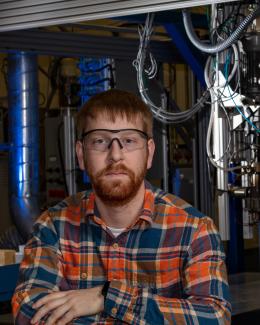Abstract
At the onset of the COVID-19 (Coronavirus Disease 2019) pandemic, USA faced supply chain issues causing a nationwide shortage of N95 respirators and PAPR devices. Researchers at Oak Ridge National Laboratory's (ORNL) Manufacturing Demonstration Facility (MDF) were sent to work from home to help slow the spread of the pandemic, and during that time they were tasked with using their manufacturing expertise to research alternative methods of producing face masks. To rapidly iterate on face mask designs without access to a research or manufacturing facility, 3D (3-Dimensional) printing and silicone casting were used. Molds and components for the masks are modeled with computer-aided design (CAD), printed with common home desktop 3D printers, and test poured with skin-safe silicone rubber. The resultant masks are form fitting and comfortable to wear. To ease the shortage of N95 filter media, the masks are designed to use existing filter materials such as home HVAC (heating, ventilation, and air conditioning) filters. The masks can be sanitized, and the filter replaced to allow the same mask to be reused. The result is not equivalent to an N95 mask, and not meant to be a replacement, but is meant to be a stopgap mask that is still able to provide the wearer filtered protection. Filtration testing has not been performed because it is not the intention of the authors to make medical claims. This research is meant to demonstrate the rapid design, iteration, and manufacturing processes of a stopgap mask.






